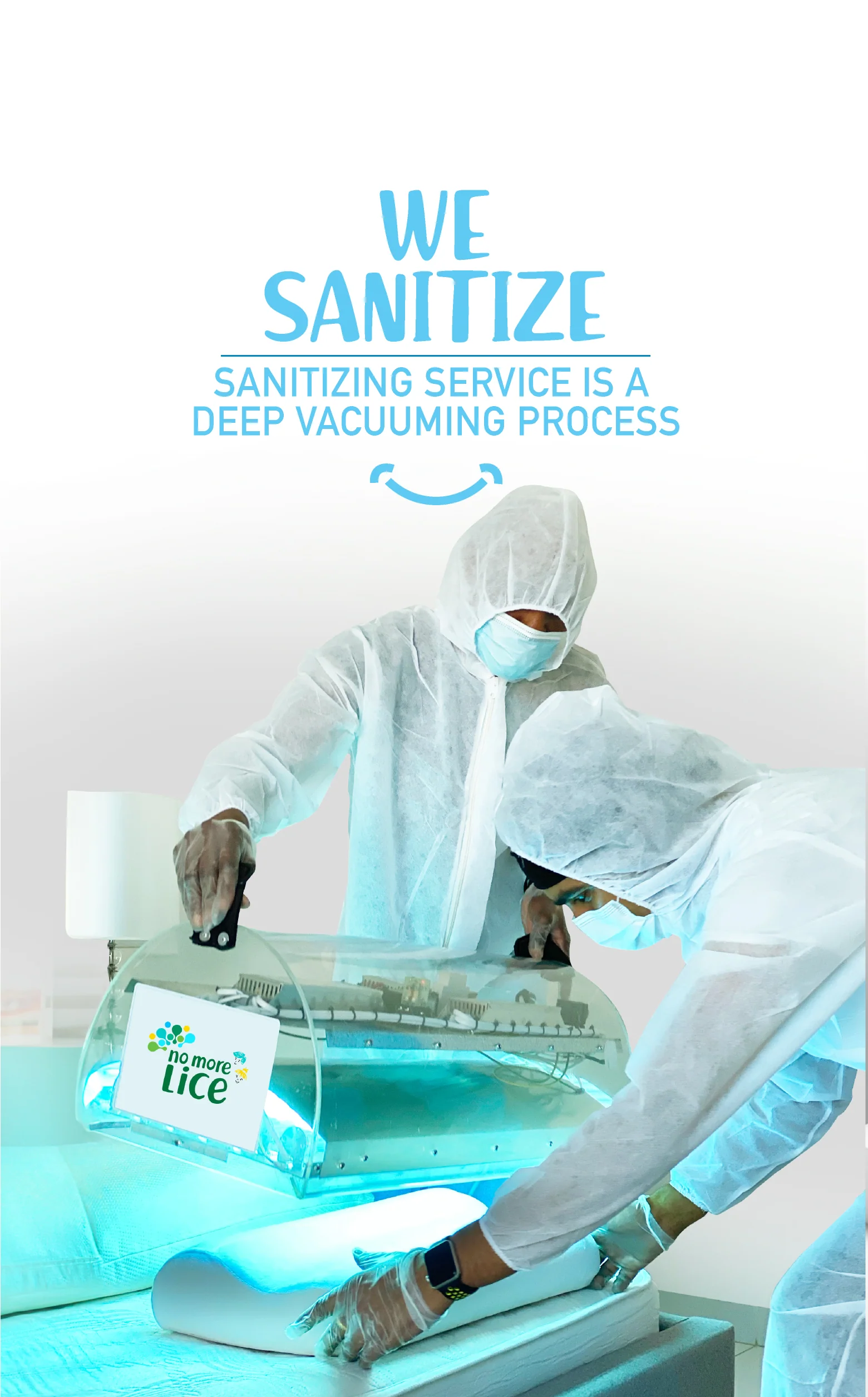You did it! You tackled the lice treatment and your family is finally itch-free. But that little worry creeps in. How do you ensure these annoying visitors do not come back for a second round?
Keeping lice away is all about being thorough. It is not just about the hair it is about the home, too. Follow these simple steps to protect your family and enjoy a lice-free home for good.
Clean all the little things:
Lice can live for a short time off the head. You must wash any items that touched the person’s head in the two days before the best lice treatment. This includes bedding, pillows, hats, and scarves. Use hot water and dry them on the highest heat setting. For items you cannot wash, like a favorite stuffed animal, put them in a sealed plastic bag for two weeks. This will stop any lice from surviving.
Give hair tools a bath:
Your hairbrushes and combs can hold lice eggs. Do not just rinse them under water. Soak all hair tools in very hot water for at least ten minutes. You can also clean them with a little rubbing alcohol. After treatment, it is a good idea to use a brand-new comb to avoid any chance of the eggs coming back.
Check everyone in the house:
Lice spread quickly through close contact. When one person has lice, it is important to check every member of the family. Look closely at the hair and scalp, especially behind the ears and at the nape of the neck. You are looking for tiny eggs stuck to the hair shafts. Finding and treating everyone at the same time stops the cycle of lice passing back and forth.
Do a weekly head check?
Make a quick head check part of your family’s routine. Once a week, when hair is wet and slippery with conditioner, comb through small sections with a fine-toothed comb. This helps you spot any potential problem early. Catching just one or two lice makes treatment much easier and faster. Think of it as a regular health check-up for your family’s hair.
Keep long hair tied up:
Lice crawl from one head to another. They cannot jump or fly. Keeping long hair in a neat braid, bun, or ponytail makes it harder for lice to move onto a new head. This is especially helpful for children at school or during playdates. It is a simple habit that can prevent a big problem.
